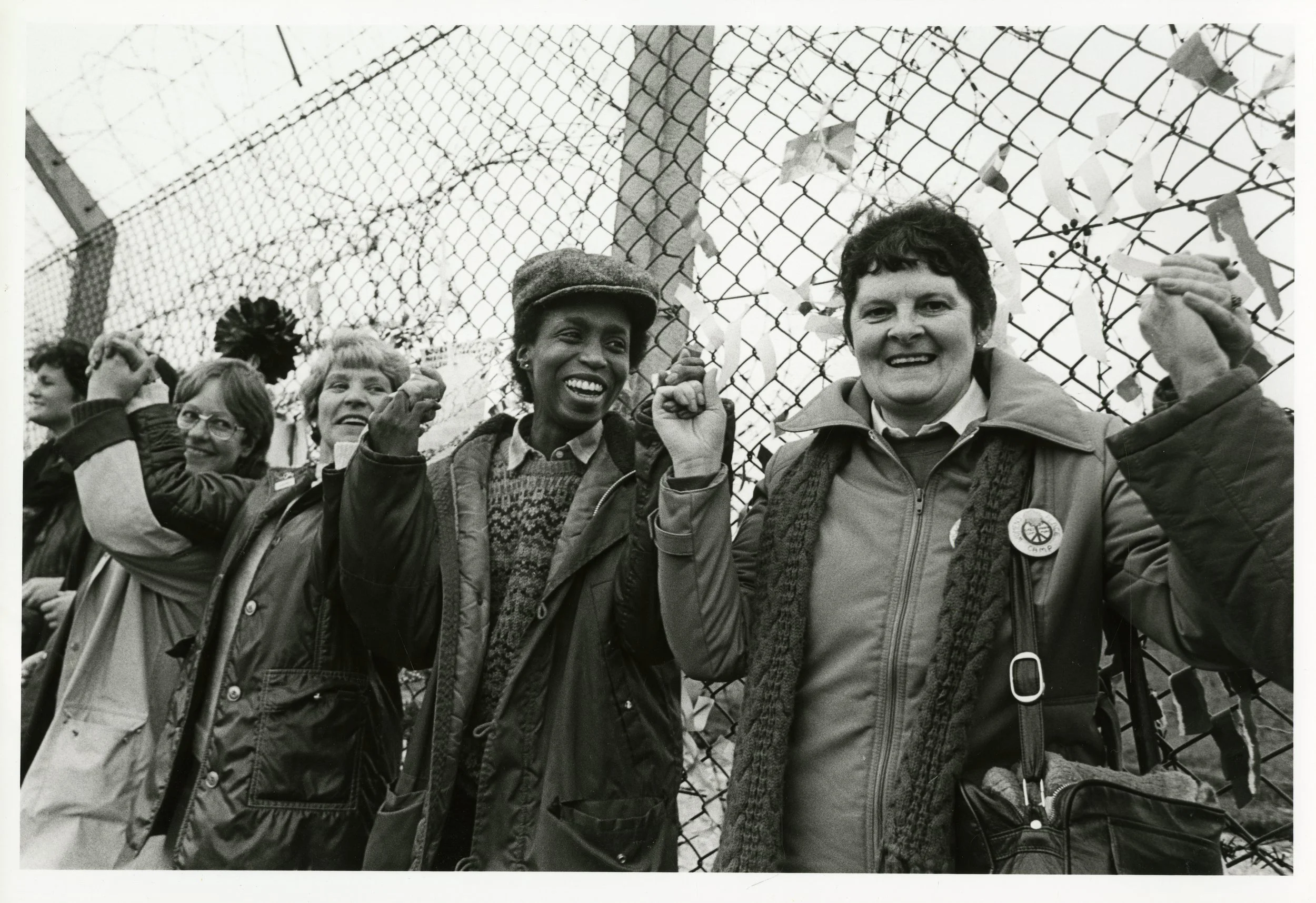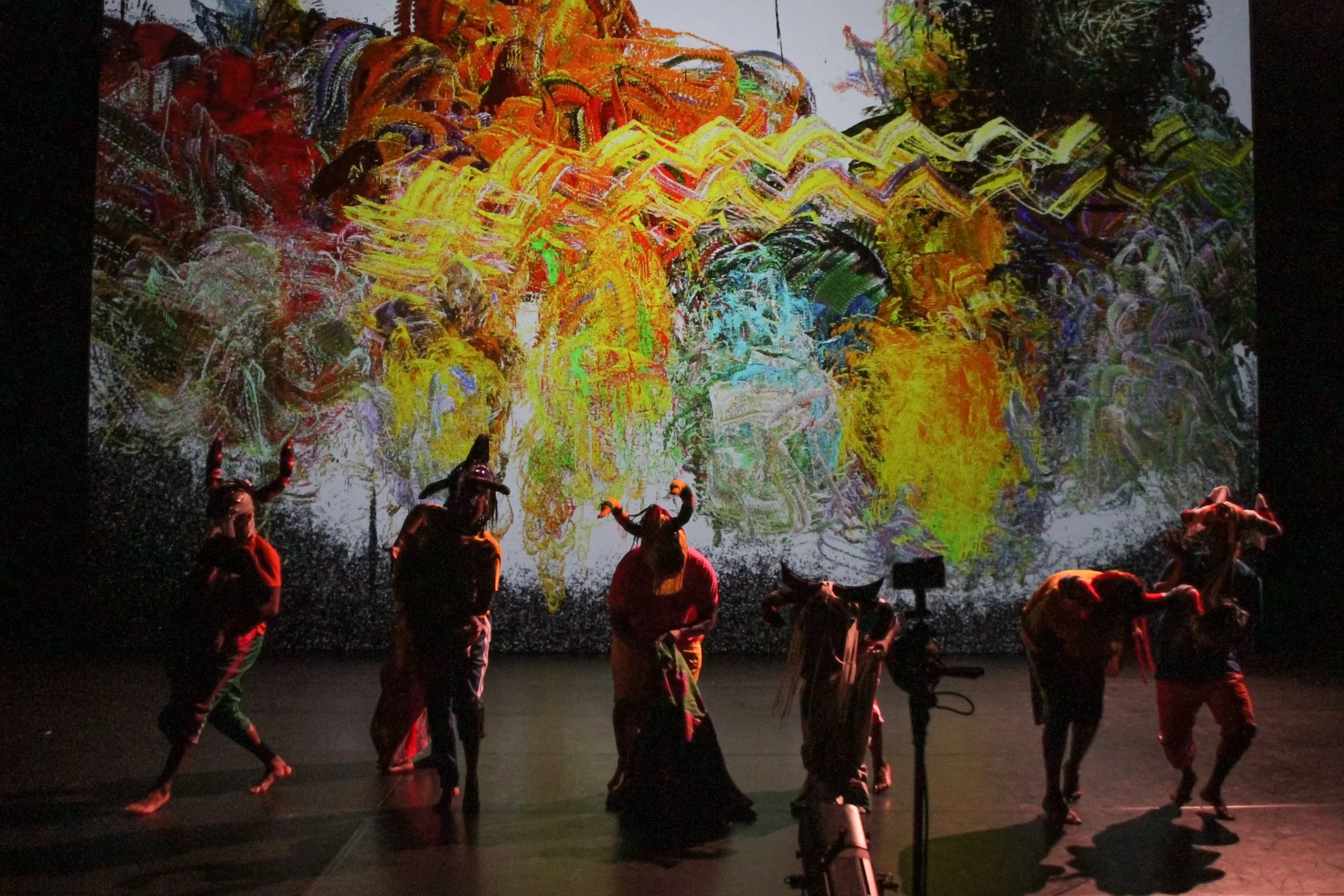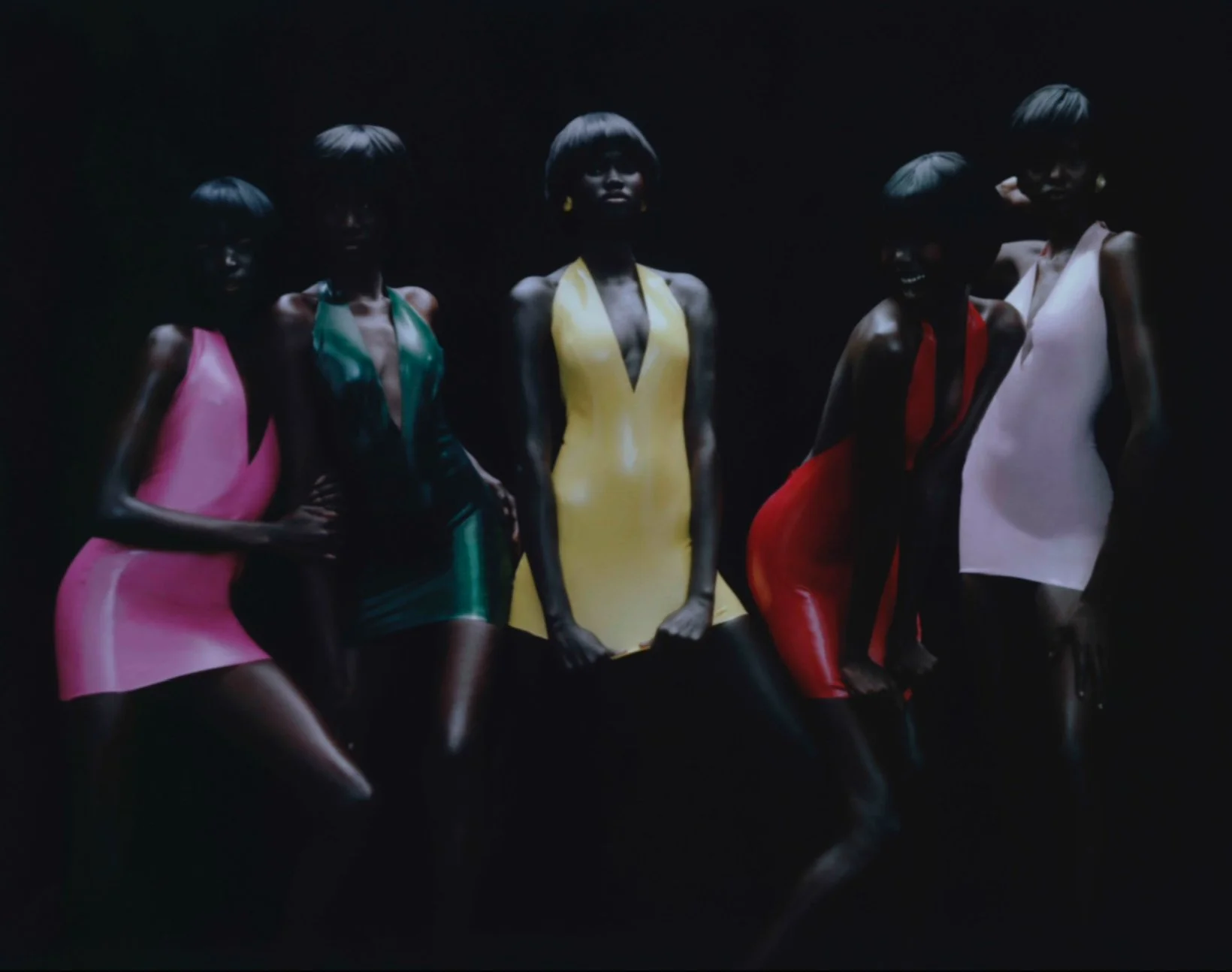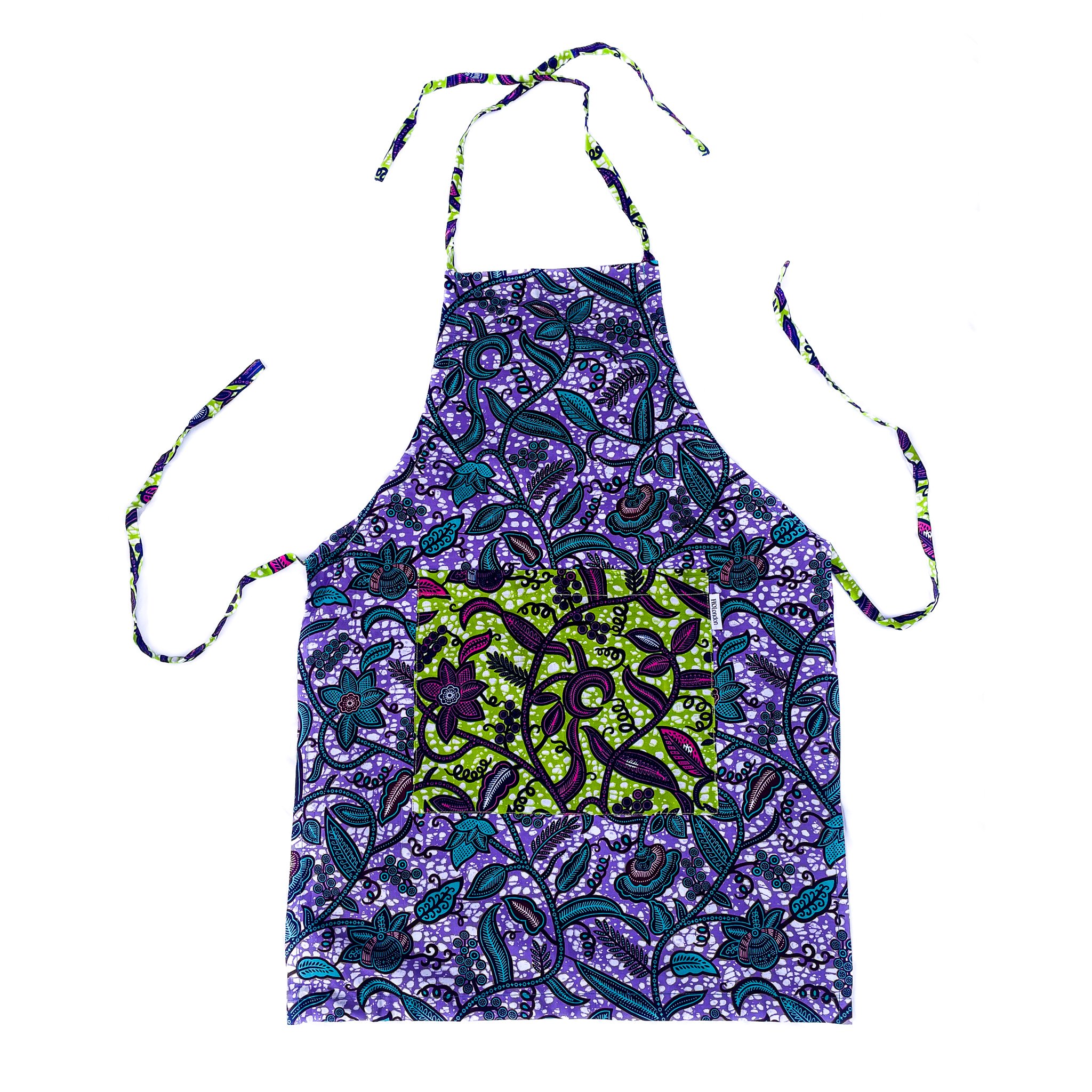10 essential things to do and see at Westminster Abbey
Westminster Abbey is one of London’s most notable and historic churches, with over a thousand years of rich heritage. Renowned for its impressive Gothic architecture, the Abbey has played a significant role in British history. Originally founded in 960 and extensively reconstructed in the Gothic style from 1245, it is a key example of medieval design. Since 1066, it has been the site of every English Coronation and many royal weddings. Additionally, the Abbey is the final resting place for prominent figures such as Charles Dickens and Sir Isaac Newton. To help you make the most of your visit to this important site, here’s our guide to ten essential things to see and do at Westminster Abbey.
The Queen's Diamond Jubilee Galleries
The Queen's Diamond Jubilee Galleries, Westminster Abbey. © MTotoe.
#FLODown: The Queen's Diamond Jubilee Galleries is a museum located in the medieval triforium above Westminster Abbey's nave, a space unseen by visitors for over 700 years. It offers impressive views of the church and the Palace of Westminster and showcases the millennial history of Westminster Abbey through a collection of valuable historical objects.
The Queen’s Window by Hockney
David Hockney’s stained glass window for Westminster Abbey, The Queen’s Window, is a vibrantly-coloured contemporary work commissioned to celebrate the reign of Queen Elizabeth II. Photo by amandabhslater.
#FLODown: David Hockney’s stained glass window for Westminster Abbey, known as The Queen’s Window, is a vibrant, contemporary piece commissioned to celebrate the reign of Elizabeth II. Unveiled in 2018 and located in the north transept, it stands alongside more traditional windows. The Dean of Westminster, Dr John Hall, sought a design that was symbolic and true to Hockney's style, rather than heraldic or figurative. Hockney, though new to stained glass, quickly produced a window depicting a colourful country scene with hawthorn blossom, inspired by his Yorkshire roots and previous work, A Bigger Picture. Designed on an iPad, the window reflects the Queen's love for the countryside and is described by Hockney as "a celebration."
The Coronation Chair
The Coronation Chair, Westminster Abbey. Photo by Firebrace.
#FLODown: The Coronation Chair, housed in Westminster Abbey and protected in St George's Chapel, is a medieval throne commissioned by King Edward I in the 14th century. It has been used in the coronation of over 26 British monarchs, including Henry VIII, Elizabeth I, Queen Elizabeth II, and most recently, King Charles III in May 2023. Originally designed to hold the Stone of Scone, which Edward I took in 1296 and was returned to Scotland in 1996, the chair remains a symbol of royal succession. Despite the Stone’s return to Edinburgh Castle, it will be brought to London for future coronations. The Coronation Chair is said to be the oldest piece of furniture still in use in the UK.
The Lady Chapel
The Lady Chapel, Westminster Abbey. © MTotoe.
#FLODown: The Lady Chapel, also known as King Henry VII’s Chapel, is a fine example of late medieval architecture. Built in the 16th century by Henry VII, it was designed to house the remains of Henry VI, although he was never moved from Windsor. The chapel features an intricate fan-vaulted ceiling with gilded pendants, vibrant heraldic banners, and modern stained glass windows depicting the Battle of Britain and symbols related to the Virgin Mary. Inside are the grand marble tombs of Elizabeth I and Mary I, with Elizabeth’s tomb highlighted by a particularly impressive effigy. As you enter the chapel, you’ll likely find people with phones out, capturing the chapel’s impressive design.
The Poet’s Corner
Monuments & memorials in Poets' Corner, Westminster Abbey. Photo by 14GTR.
#FLODown: Poets' Corner, situated on the north side of Westminster Abbey, is a distinguished area where over a hundred literary figures are buried or commemorated. The tradition began in 1400 with Geoffrey Chaucer, the first poet interred there. Notable figures honoured include Charles Dickens, Rudyard Kipling, William Shakespeare, Jane Austen, and the Brontë Sisters. The corner also features plaques for poets like Lord Byron and Dylan Thomas, as well as celebrated actors like Sir Laurence Olivier and musicians such as George Frederick Handel. The area is known for its checkerboard of commemorative plaques, which reflect its unique and rich literary heritage.
The High Altar
High altar & Cosmati Pavement, Westminster Abbey. Photo by 14GTR.
#FLODown: The High Altar in Westminster Abbey is both the traditional site of British coronations and a venue for church services. It features an elaborate gilded screen by Sir George Gilbert Scott (1867) and the Cosmati pavement (1268), renowned for its intricate design. Historic events at the High Altar include the coronation of Queen Elizabeth II in 1953 and recent royal weddings and ceremonies, such as those of the Prince of Wales and the Sussexes, as well as the coronation of King Charles III.
Pyx Chamber
Chamber of the Pyx, Westminster Abbey, London. Photo by Ptwo.
#FLODown: The Pyx Chamber, situated in the East Cloisters of Westminster Abbey, is one of London's oldest rooms, dating back to around 1070-80. Originally used as a royal treasury in the 13th century, it retains its medieval tiled floor and features a heavy oak door with multiple locks. Historically, it stored valuable items and important documents due to its reputation as a highly secure location. While access is restricted, visitors can view the chamber through an open door and a platform.
The Cloisters
The Cloisters of Westminster Abbey. © MTotoe
#FLODown: The Cloisters of Westminster Abbey, dating from the 13th and 14th centuries, have a serene and timeless atmosphere. Used by Benedictine monks for prayer, meditation, and connecting various monastic buildings, they remain a peaceful spot to sit and relax during your visit, and on a sunny day, the views across the lawn are especially beautiful.
College Gardens
Cloister Garden Westminster Abbey. Photo by MTotoe.
#FLODown: The College Garden at Westminster Abbey, the oldest park in England, has been carefully maintained and used as a garden for over 900 years. Originally tended by Benedictine monks for growing food and medicinal herbs, it now serves as a serene escape within the Abbey's walls. The gardens, including the smaller Little Cloister Garden and the Garth, look particularly delightful in the summer and are not to be missed on a visit.
Afternoon Tea
Afternoon tea at Cellarium café's outdoor terrace. Westminster Abbey. Photo by MTotoe.
#FLODown: At Westminster Abbey, you can enjoy an afternoon tea experience within its historic surroundings. These teas are often themed, reflecting significant events or exhibitions at the Abbey. In the past, they've honoured occasions like the Coronation and exhibitions held at the Diamond Jubilee Galleries.
This summer, the afternoon tea theme is ‘Creation’, inspired by the Abbey's 900-year-old gardens. Served in the Cellarium café within the medieval cloisters, the menu features sweet and savoury treats that celebrate nature, all while offering magnificent views of Westminster Abbey.
Price: from £36.50 per person. Book now.
The architecture
Westminster Abbey. © MTotoe.
#FLODown: One of the most compelling reasons to visit Westminster Abbey is its extraordinary architecture. The abbey’s present form, largely shaped during King Henry III's reign, features the grandeur of 13th-century Gothic design, with soaring arches, intricate ribbed vaults, and remarkable stained glass. The structure blends various architectural styles, from the original Norman elements to the Perpendicular Gothic splendour of Henry VII’s Lady Chapel, renowned for its intricately carved fan-vaulted roof. The completion of the west towers in 1745 and subsequent restorations further enhance this architectural marvel. A visit to Westminster Abbey offers not only the chance to admire its impressive design but also to delve into its rich and storied history.
Location: Westminster Abbey, Dean's Yard, London SW1P 3PA. Price: from £29/ £13 adult/child (6 - 17 years old). Entry to diamond Galleries is £5 adult. Free for children. westminster-abbey.org.




























































The Cinnamon Club had completely flown under the radar for me. It is in a pocket of London I rarely visit, and even if I did, the building’s exterior gives little indication of what’s inside. But now that I’ve discovered it, I already have plans to return with my husband - and in my mind, a list of friends I would recommend it to…